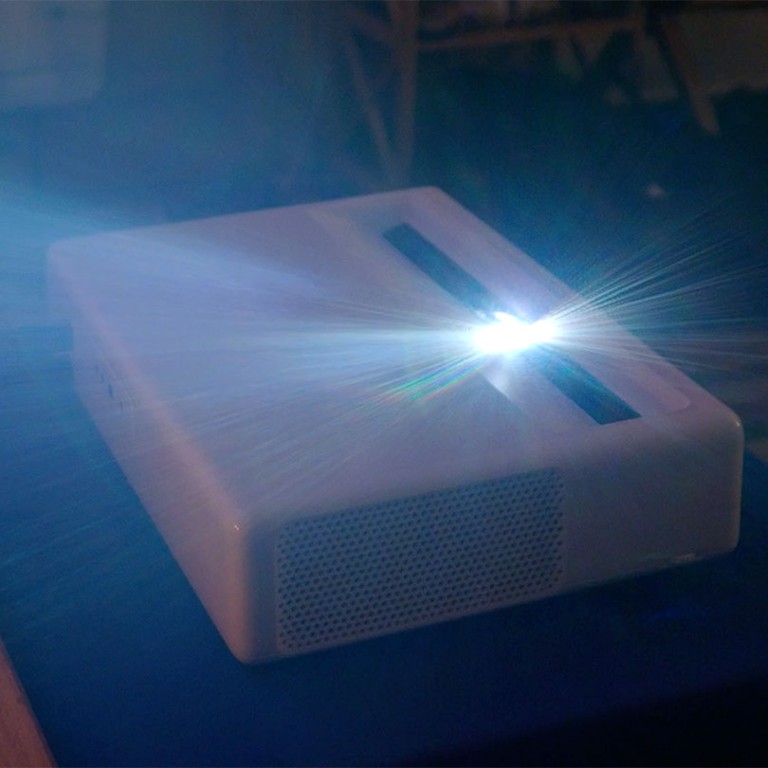
Xiaomi’s 150-inch laser projector has amazing sound, but it will burn a hole in your pocket
Gadget maker known for budget devices delivers US$2,000 laser projector -- is it worth the money?
I’m not an expert on projectors, but luckily my colleague Nick is way more knowledgeable than I am. He already has an Epson TW5350 projector at home, so he jumped on the chance to test Xiaomi’s device.
Setting up the projector isn’t too hard, but it does require some patience. It took Nick several tries to fix the keystone in all four corners to get a perfect image. Part of the challenge comes from navigating the menu system: It took some time for us to find the option for English, as it comes in Chinese language by default. The good thing is that once that’s sorted out, the projector’s autofocus feature takes care of the rest.
Check out Xiaomi Laser projector on Amazon
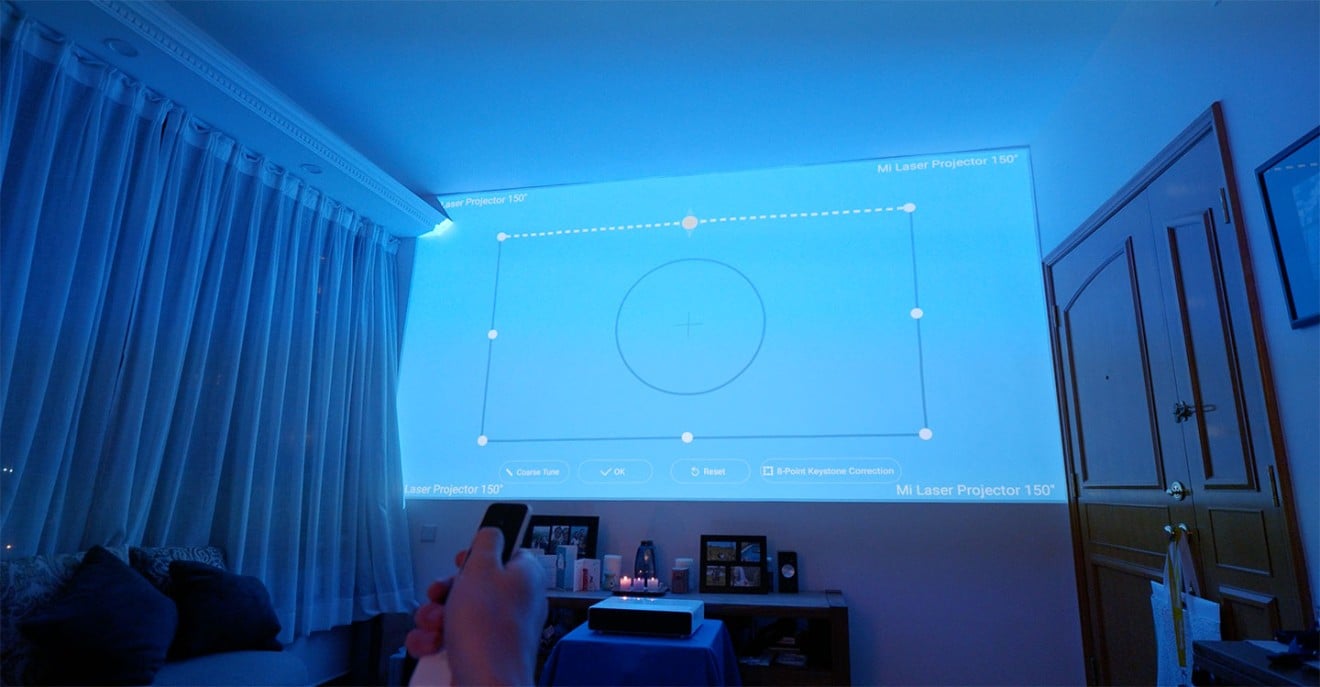
The projector only displays 1080p, even though it supports 4K videos. It’s a bummer for such a pricey product, but it’s not a terribly huge concern for us: The resulting image still looks bright and sharp. At 5,000 lumens, we were able to see the display clearly in a well-lit room. But of course, it gets even better in the dark, when the highlights and shadows become even more vivid. If you’ve only used an LED projector, you’ll notice how much better a laser projector is able to preserve the details.
The display is great, but what really surprised us was the audio. Nick told us it’s usually pretty hard to get good sound from projectors, because most of them have to be placed far enough from the wall to project an image at the right size. That means it’s often too far away from the audience to deliver compelling audio.
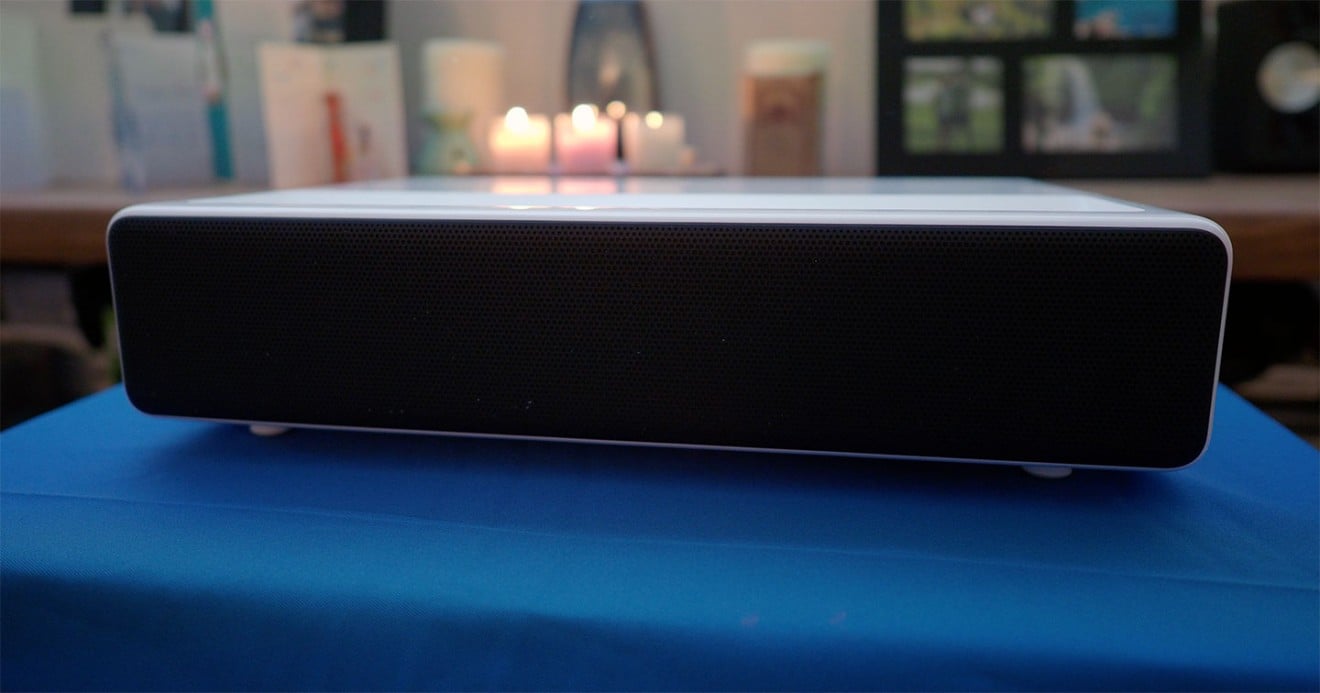
But Xiaomi’s laser projector is different: It’s a short-throw projector, which means it can sit right next to the wall and still generate a giant 150-inch screen. The four in-built speakers at the front are covered with a grill. And they had no trouble filling the room with detailed and crystal clear audio -- whether it’s the sound of bullets flying past Iron Man, or the multi-layer screeching sound of a car engine. That’s welcome news because, again, the Xiaomi projector doesn’t come cheap: If you’re going to spend your hard-earned money on one, you probably won’t want to spend another huge chunk on a separate sound bar.
There’s also one tiny little feature that we really like. A detector on top of the projector knows when you’re getting too close, and shuts off the light automatically so the laser won’t damage your eyes.
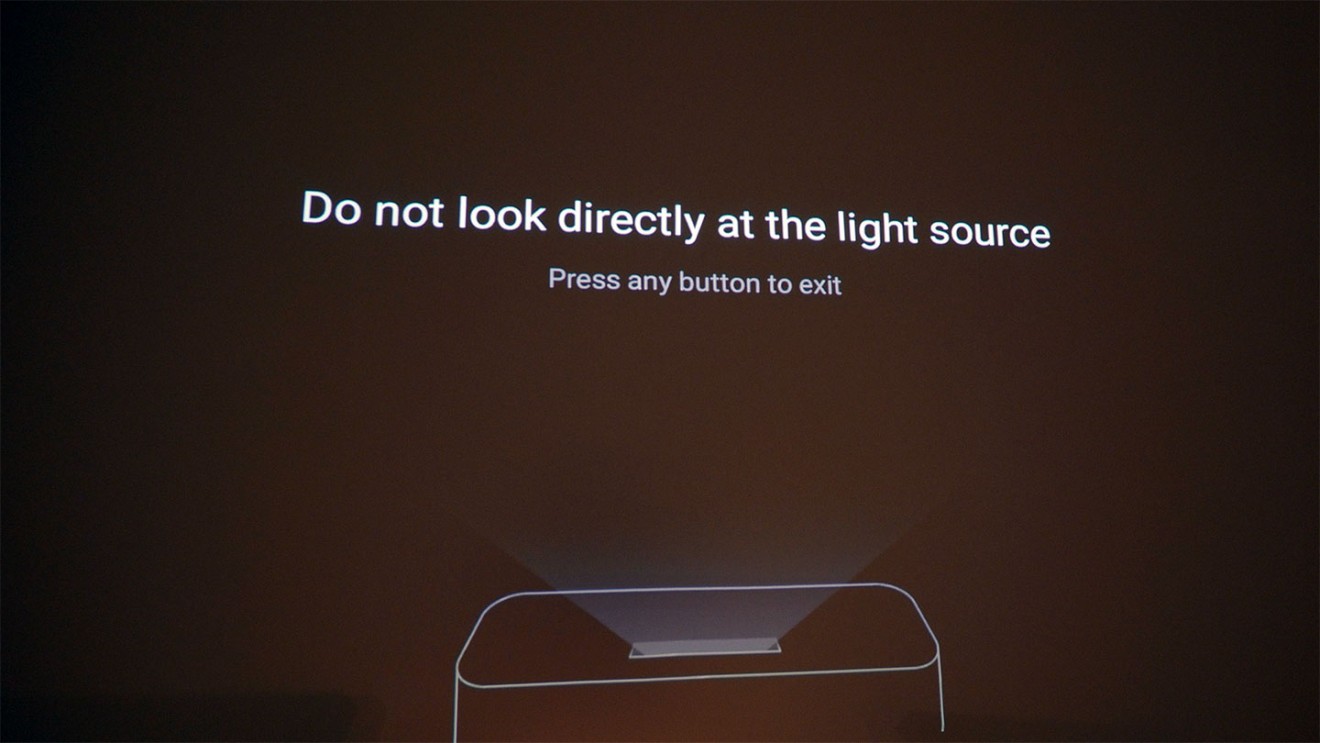
All those things are great, but we did have some disappointments. As with most projectors in the market, this one can get quite noisy and hot. It’s hardly a deal-breaker, since we don’t think the projector was overheating. Still, for a projector that costs this much, we would want it to be more quiet, especially because we’re sitting so close to it.
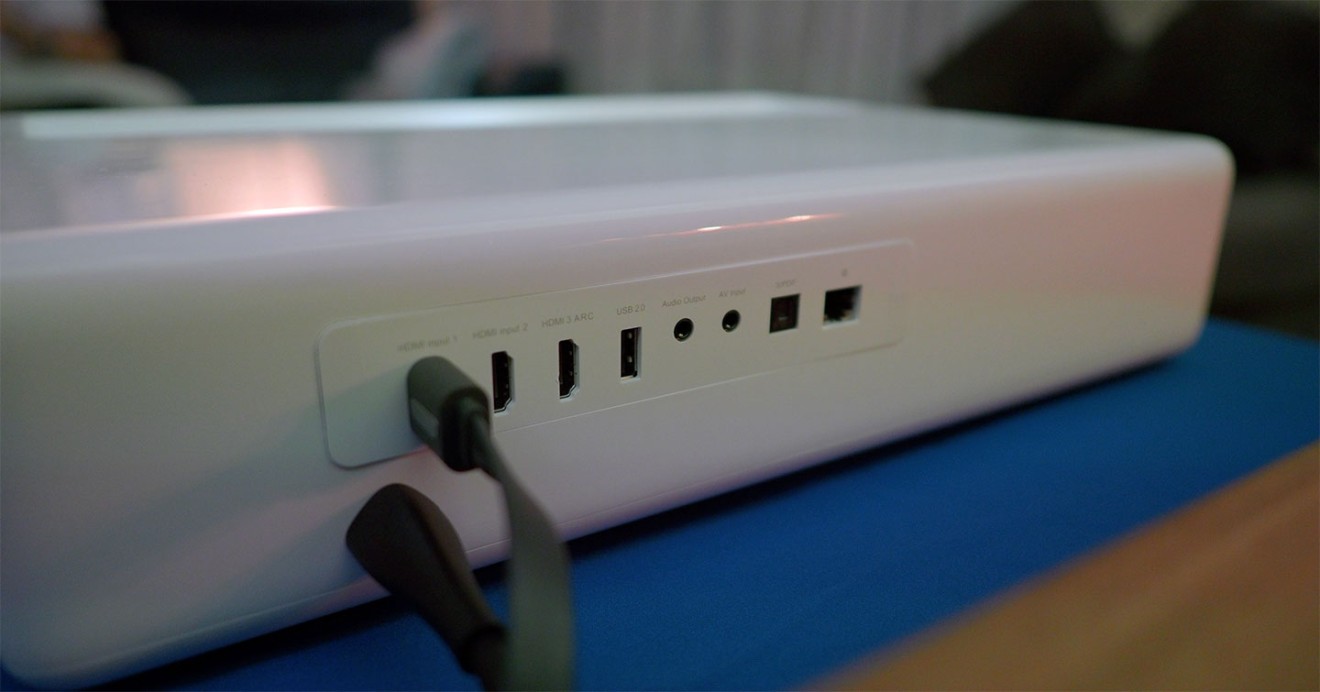
Despite the shortcomings, this short-throw projector isn’t a bad choice for those of us who doesn’t have much space at home for a traditional projector. The audio is superb, and if you can accept that it doesn’t display 4K, the image quality is actually pretty good. If you want an all-in-one entertainment device for a small apartment, the Xiaomi laser projector could be a good choice.
For more insights into China tech, sign up for our tech newsletters, subscribe to our Inside China Tech podcast, and download the comprehensive 2019 China Internet Report. Also roam China Tech City, an award-winning interactive digital map at our sister site Abacus.

